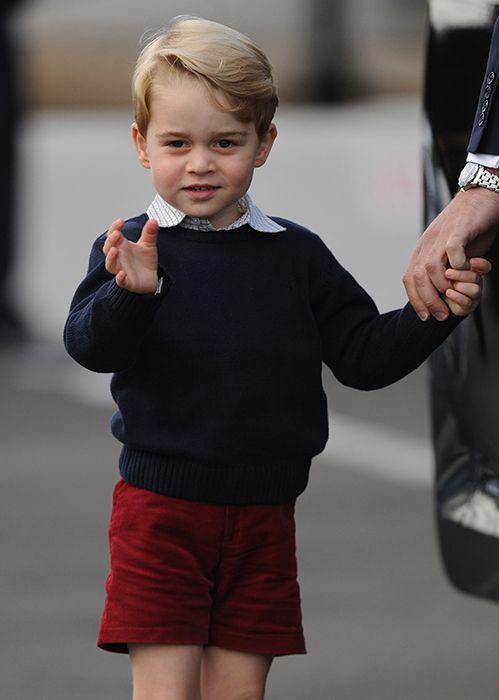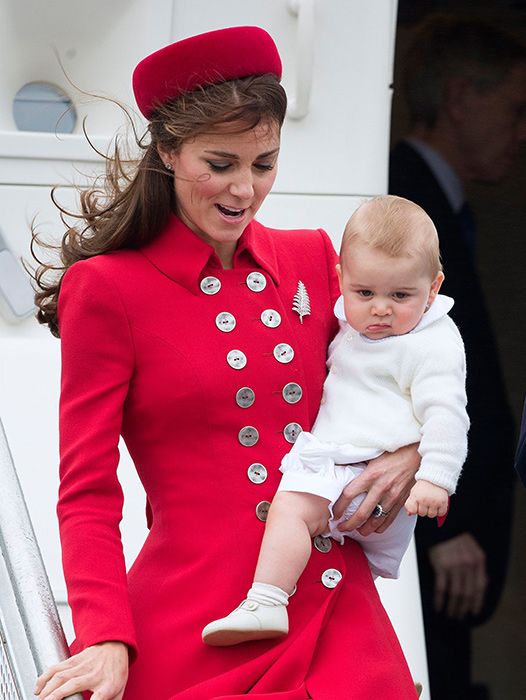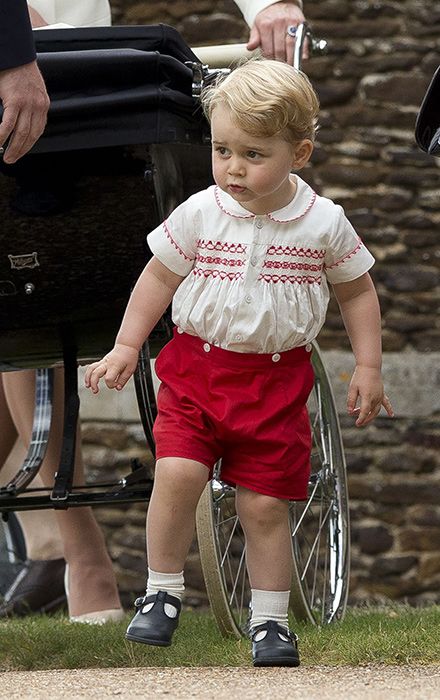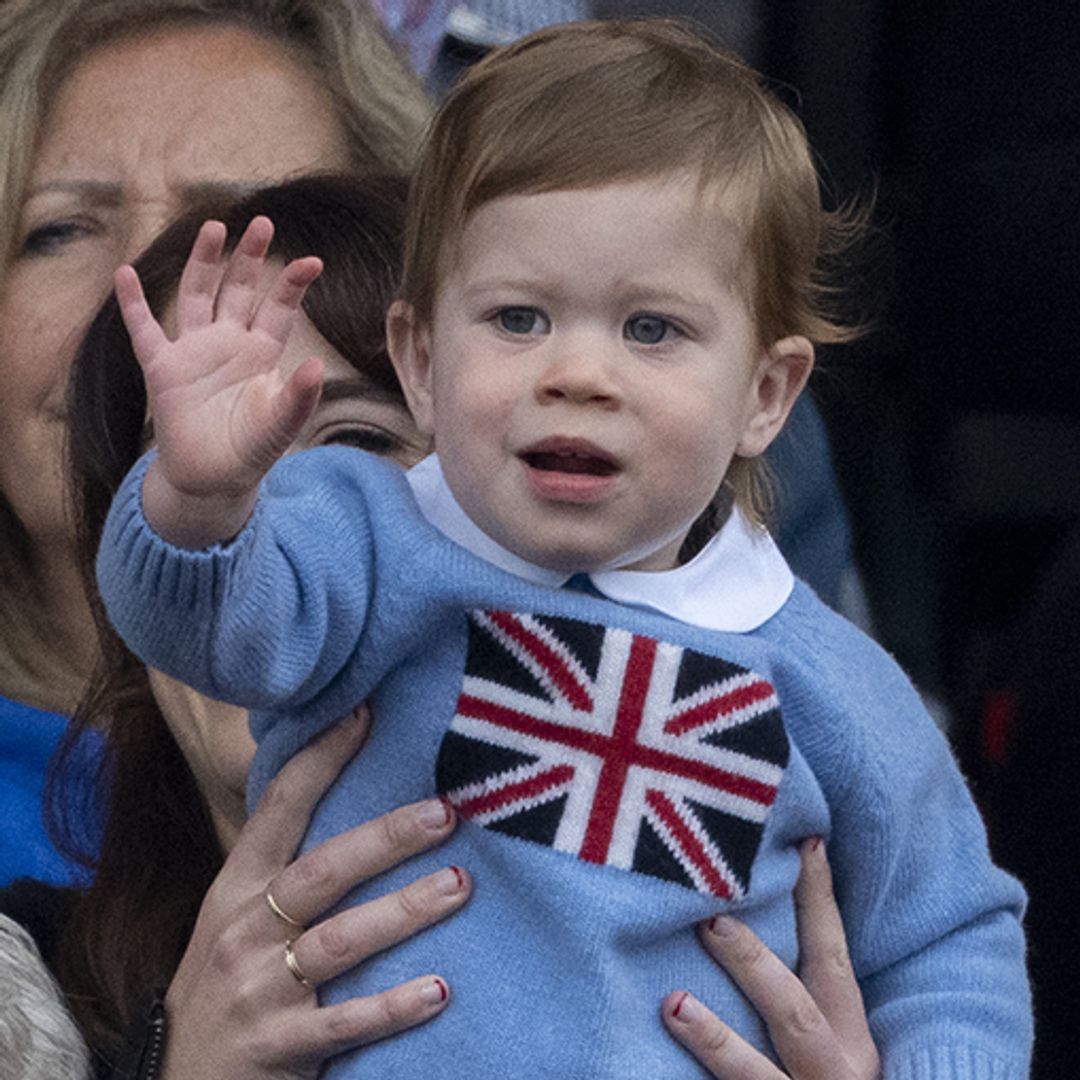Every time Prince George steps out in public – whether during a royal tour, at a family church service, or for an official photoshoot – there's one thing that royal watchers always notice about the little royal: he only ever wears shorts. According to an etiquette expert there is a very good reason for this – and it's nothing to do with fashion, but rather royal and aristocratic tradition.
Prince George pictured on the Canada royal tour
"Prince George is always seen in shorts because upper class and upper middle class parents believe that little boys should look like little boys, and so try to keep their offspring looking as cute and innocent for as long as possible," British etiquette coach William Hanson told HELLO!
"It's one of the many silent class indicators we have in Britain. Trousers on young boys is considered a tad suburban and lower market."
Royal Baby: View our special edition hub here
Arriving with his mum in New Zealand in April 2014
The tradition can be traced back through the royal family, with both Princes William and Harry regularly seen wearing shorts until they were deemed old enough to progress to full-length trousers.
William explains that the practice has its routes in the 16th century tradition of breeching, when newborn boy would be dressed in a gown for their first year or two to aid with toilet training. "These gowns have survived in the form of the modern Christening robe," he says. “He would then be 'breeched' and start wearing articles of clothing that more closely resembled shorts or trousers around age one or two. Today, young boys usually transition into trousers around age seven.”
Pictured at his sister Princess Charlotte's christening in July last year
Ultimately, he concludes, in the case of William and Kate, the decision to dress George in shorts in more likely down to tradition than a class issue.
"The modern habit of upper class families choosing to dress their boys in shorts will deliberately hark back to a bygone age," he said. "The British upper set are always keen to hold on to tradition, and this one also silently marks them out from 'the rest'."












